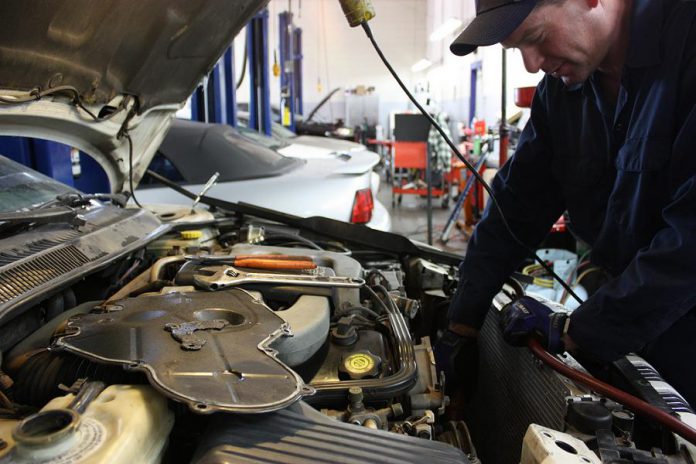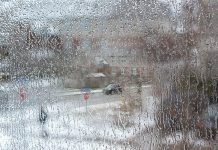
For the past few months, I’ve noticed the fuel economy of my car growing steadily worse. A tank of gas wasn’t lasting nearly as long as it should be and I couldn’t figure out why.
I replaced the spark plugs and air filter — two small tasks that can sometimes make a big difference in the performance of the car. Unfortunately, it had no effect on mine. Eventually, I noticed it beginning to lose power going up hills and I realized that something more serious was wrong.
A trip to the shop quickly diagnosed the problem: the timing chain was loose. Not a cheap fix by any means, but I immediately noticed a significant difference in how much fuel the car was using and a marked increase in power.
As gas prices remain high, people are doing whatever ever they can to save money. For many, taking the bus or cycling isn’t an option and a fuel-efficient car is a necessity — not only for the budget, but also the environment.
Keeping your car tuned up and in good working condition is an excellent way to reduce the amount of fuel it burns. One tip that can save significant amounts of fuel over the course of a long trip is to simply slow down. For every 10 km/hr you drive above a 100 km/hr posted speed limit, the fuel efficiency of your vehicle drops by 10%. Driving 120 km/hr on Highway 401 instead of 100 km/hr is essentially the same as paying 20% more for gas — not to mention the chance of netting yourself an expensive speeding ticket.
Continuing on the theme of highway driving, driving a steady speed will use less fuel as well. This can be achieved by accelerating smoothly, using cruise control, and avoiding braking by keeping distance between you and vehicle ahead of you.
Another fuel-saving tip is to avoid idling. Ten seconds of idling uses more fuel than restarting your engine. An average idling car will burn around 300 ml of fuel, or 1/3 of a litre. That small amount can really add up over the course of a day. Aside from the amount of fuel idling burns, most mechanics will tell you that idling doesn’t promote a healthy engine.
With winter temperatures arriving soon, it’s worth mentioning that modern cars need only a few seconds of warm-up time, even in the coldest of weather. The best way to warm up your car engine is to drive it — and turn it off whenever you’re not. It’s been recommended to let the car idle for a maximum of 30 seconds and then drive it as you normally would. Idling only warms up the engine but does nothing to warm the transmission, axles and tires; only driving it would accomplish this.
Keeping excess weight out of the car also increases fuel economy. Every extra hundred pounds reduces the fuel efficiency of your vehicle by as much as 2%. Keep the trunk clear and remove any unnecessary items from your car.
Vehicle maintenance is also important to achieving good fuel economy. Regular tune-ups can reduce fuel consumption by up to 15%, as well as emissions that contribute to poor air quality. Maintenance includes keeping the tires inflated to the recommended amount. An under-inflated tire, even as little as eight psi, can increase fuel consumption by up to 8%.
A key part of every vehicle that often gets overlooked is the air filter. Keeping it clean allows the correct amount of air to reach the vehicle’s combustion chambers, allowing fuel to be burned more efficiently. A dirty air filter can increase fuel consumption by as much as 10%.
While all these tips will save you fuel and spare our air, the most important and piece of advice is to simply drive less. Walk to destinations within 15 minutes, or combine several car trips into one. In 20 minutes, the average person can walk two kilometres or bike five kilometres.
Whether we’re travelling to our vacation destination or just doing errands around town, we can all do our part to reduce fuel consumption, cut down on idling, and become more eco-conscious drivers. This in turn will help make our communities cleaner, our air easier to breathe, and reduce our overall impact on our environment — something we should all strive towards.



























